sustainability
Sustainable Architecture
1. Site Optimization
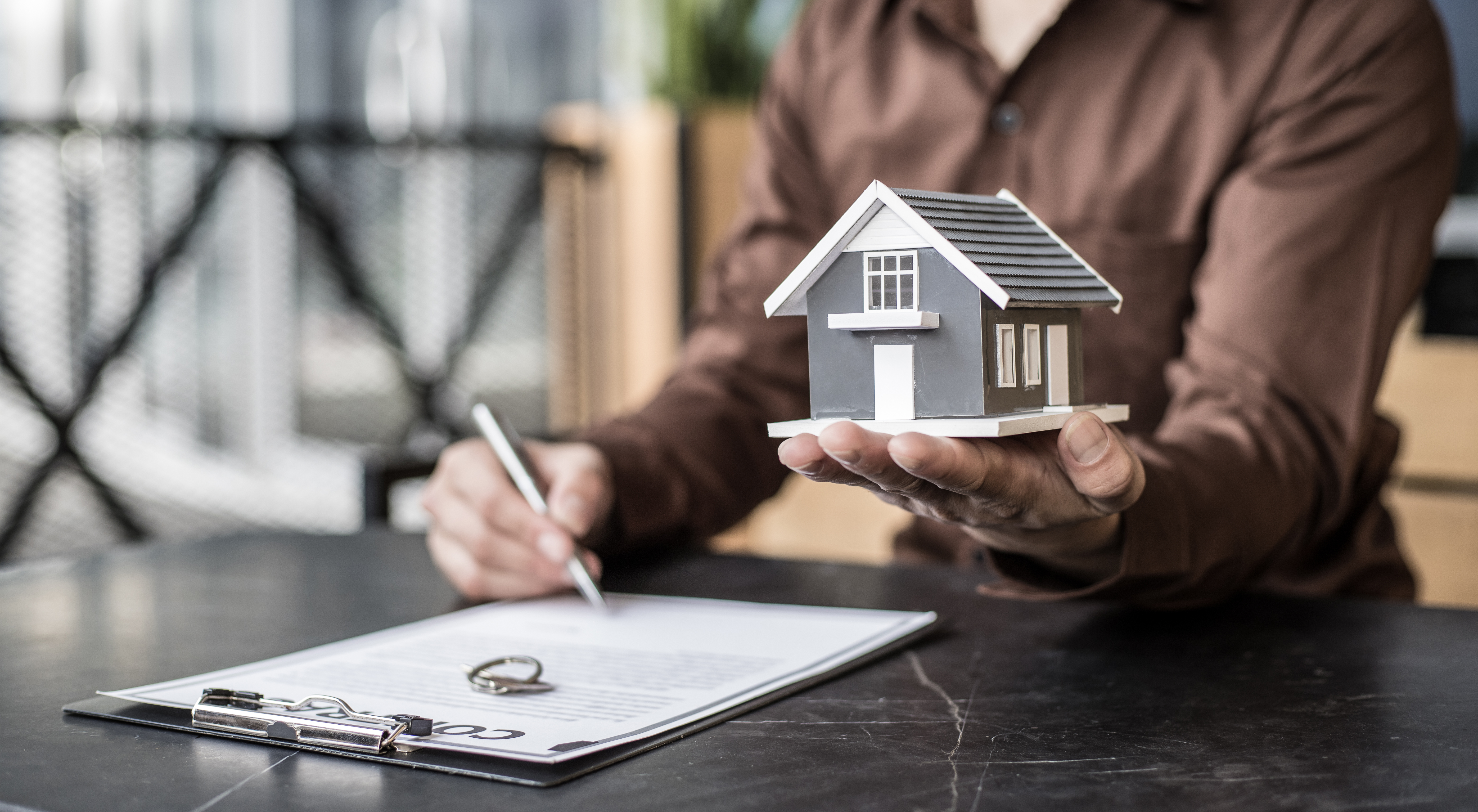
Choose sites with minimal environmental impact, optimizing solar orientation, and preserving natural features like trees and water bodies.
2. Passive Design

Utilize natural ventilation, proper orientation, and shading to reduce reliance on mechanical heating and cooling systems.
3. Energy-Efficient Systems
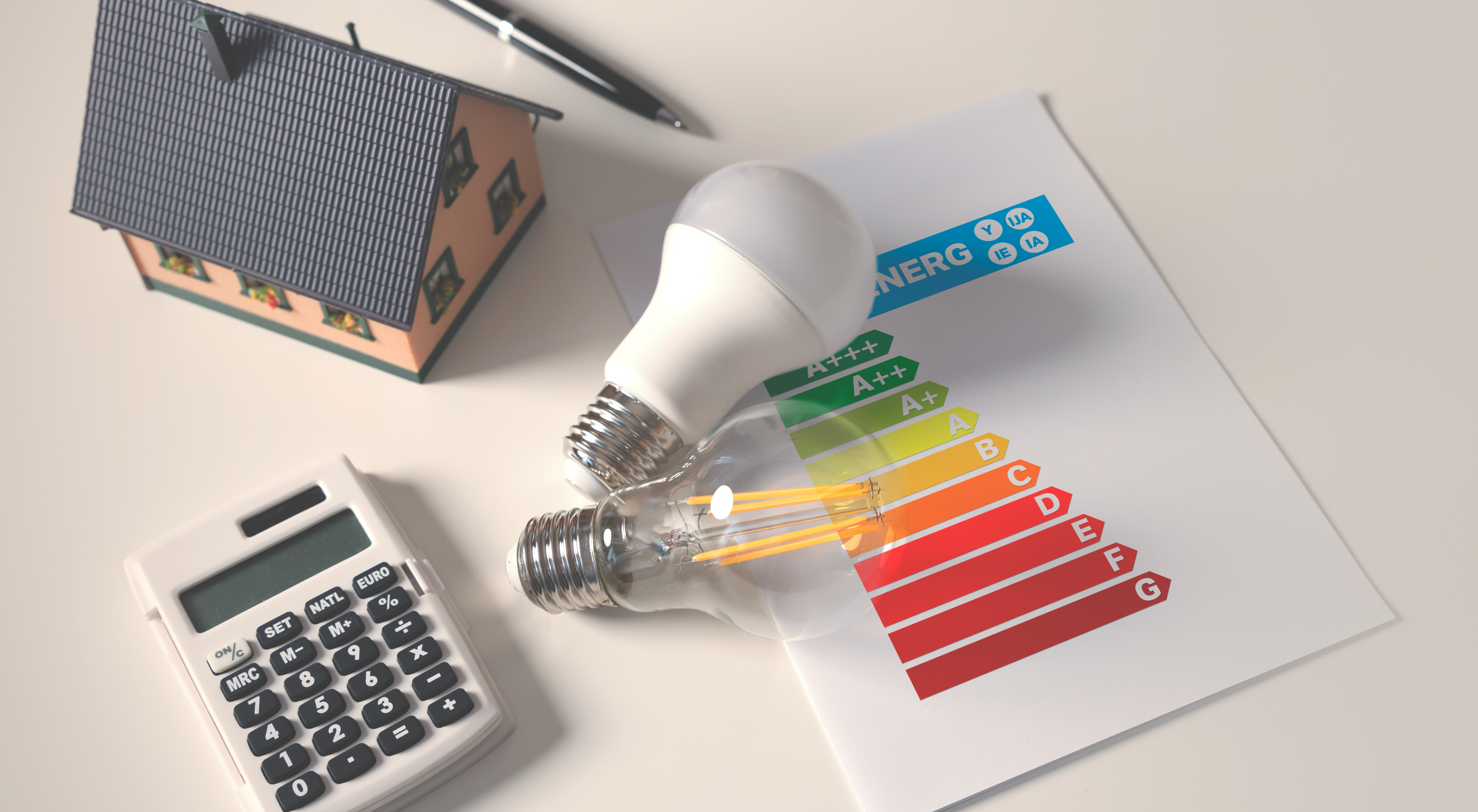
Implement energy-efficient HVAC systems, lighting fixtures, and appliances to lower energy consumption.
4. Water Conservation
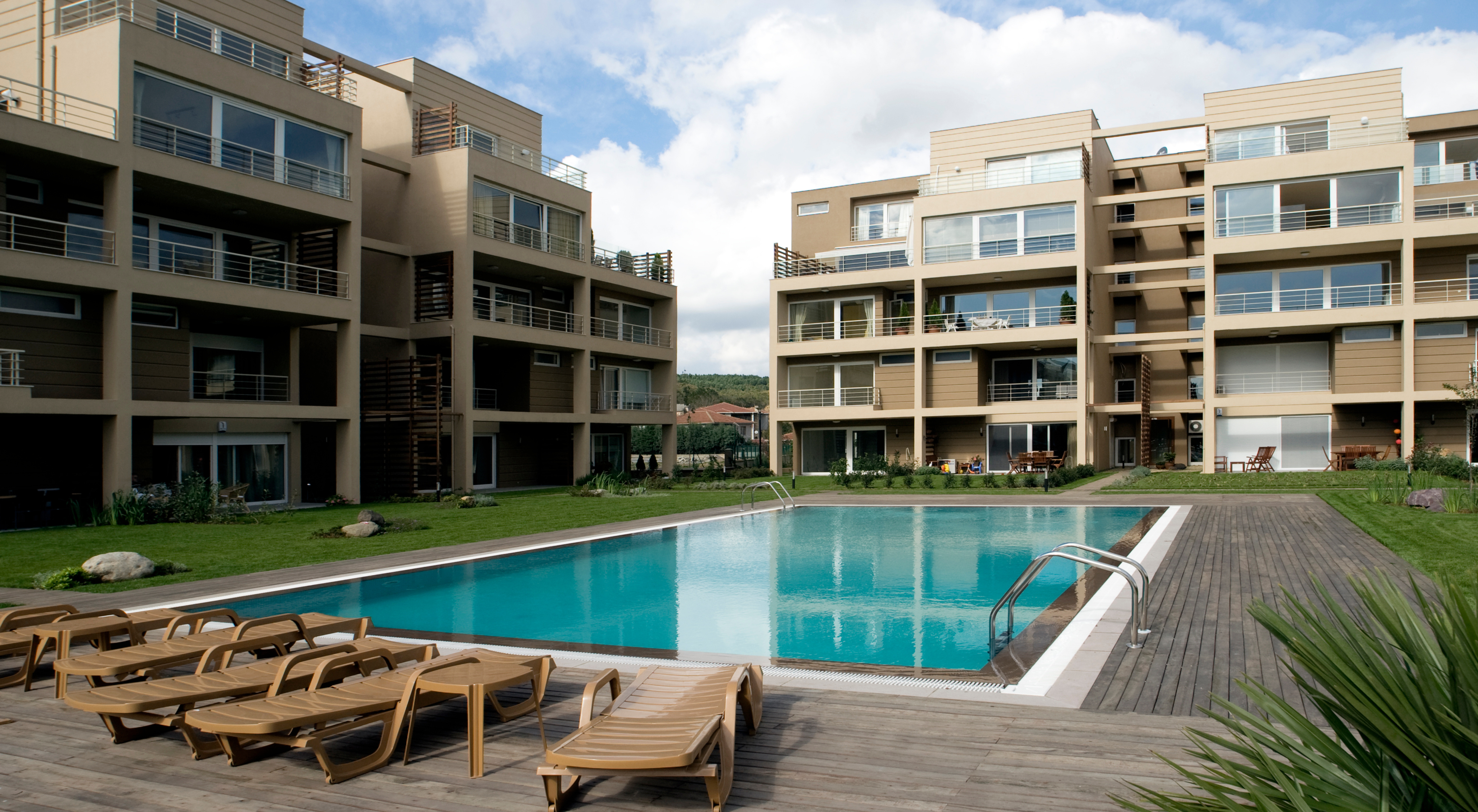
Integrate water-saving fixtures, rainwater harvesting systems, and drought-resistant landscaping.
5. Sustainable Materials
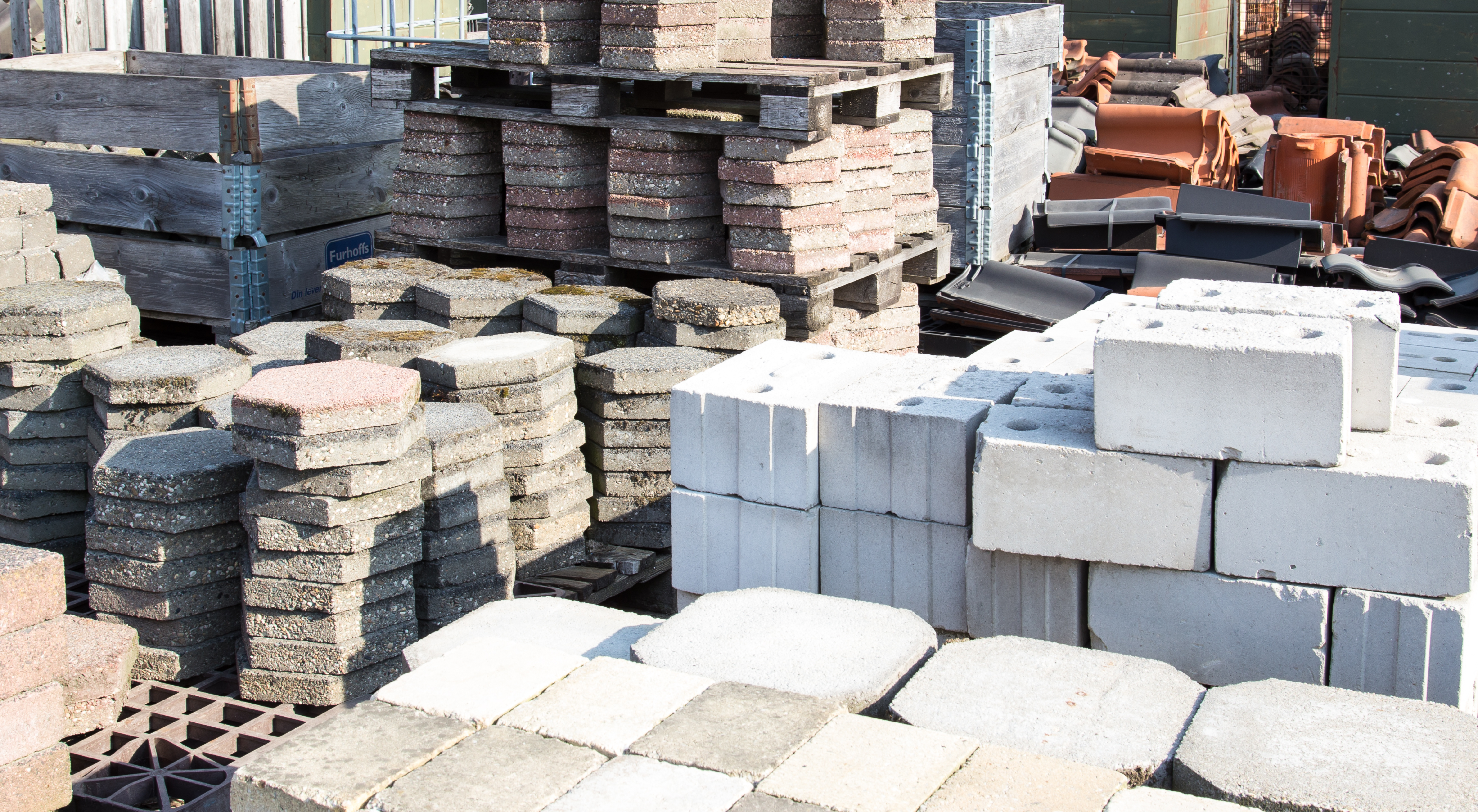
Use recycled, locally sourced, and low-impact materials with minimal embodied energy.
6. Solar Panels
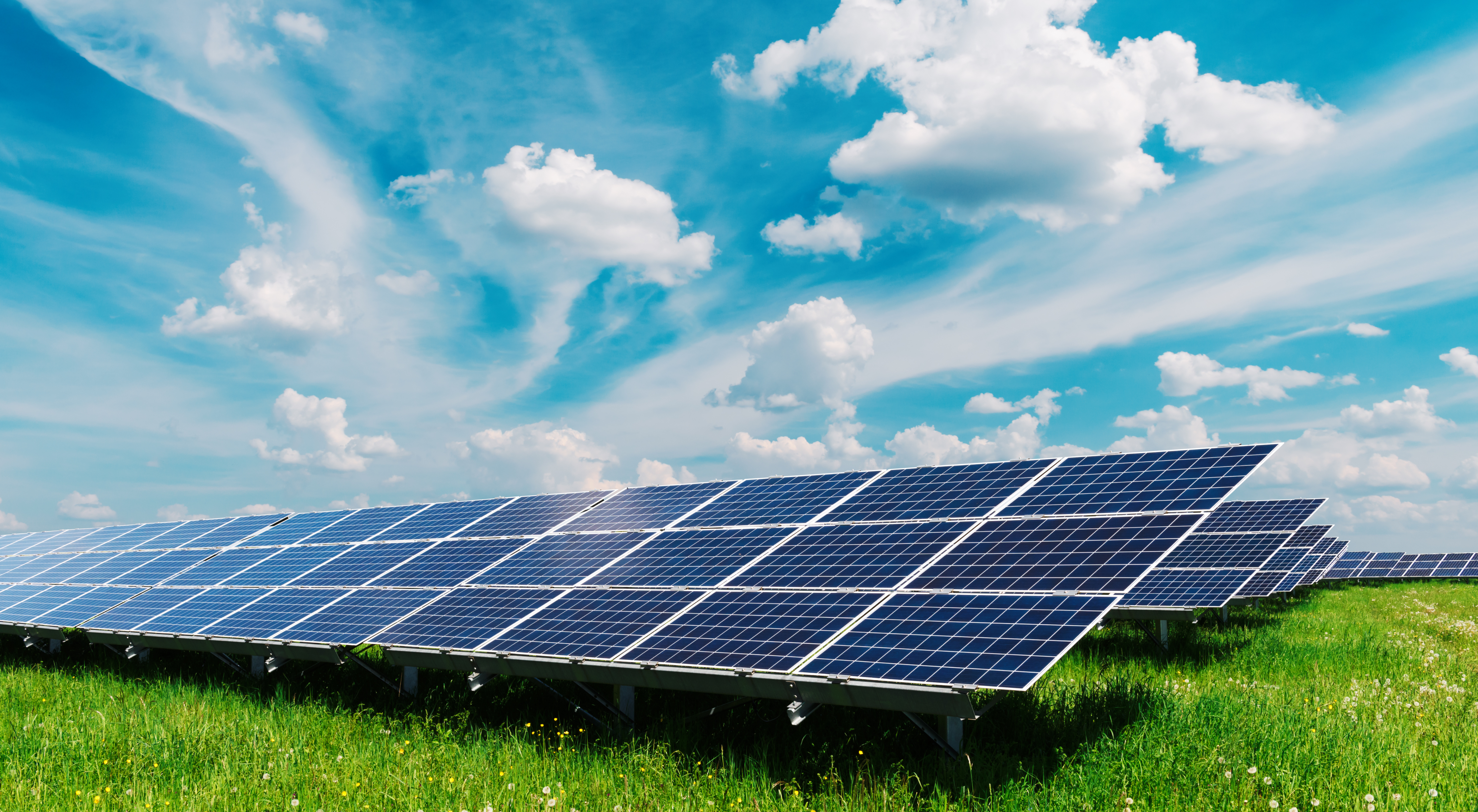
Install solar panels to generate renewable energy and reduce dependency on the grid.
7. Green Roofs

Incorporate green roofs to improve insultation, reduce stormwater runoff, and enhance biodiversity.
8. Insulation
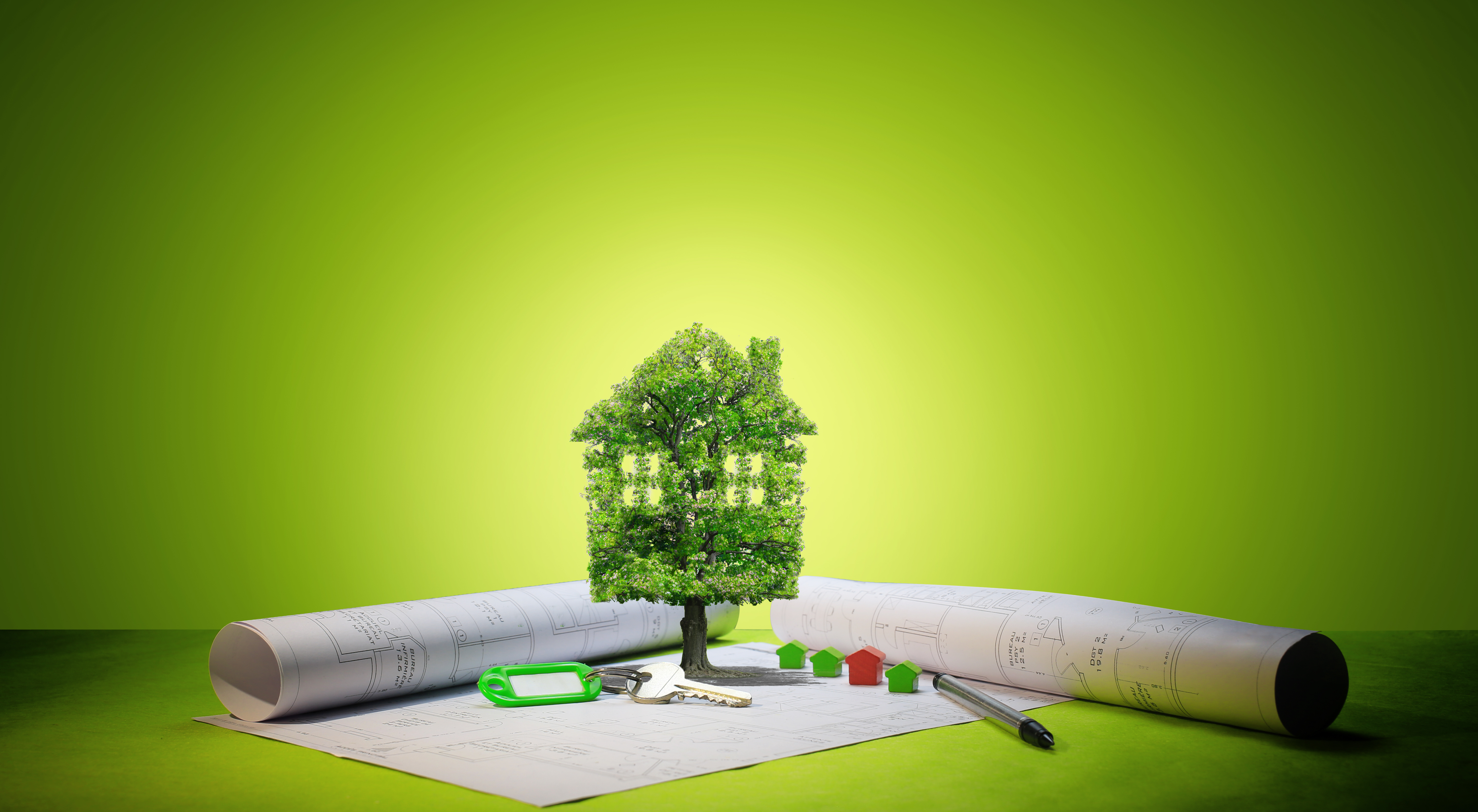
Use high-quality insulation materials to maintain indoor temperatures and reduce energy usage.
9. Low-Flow Fixtures
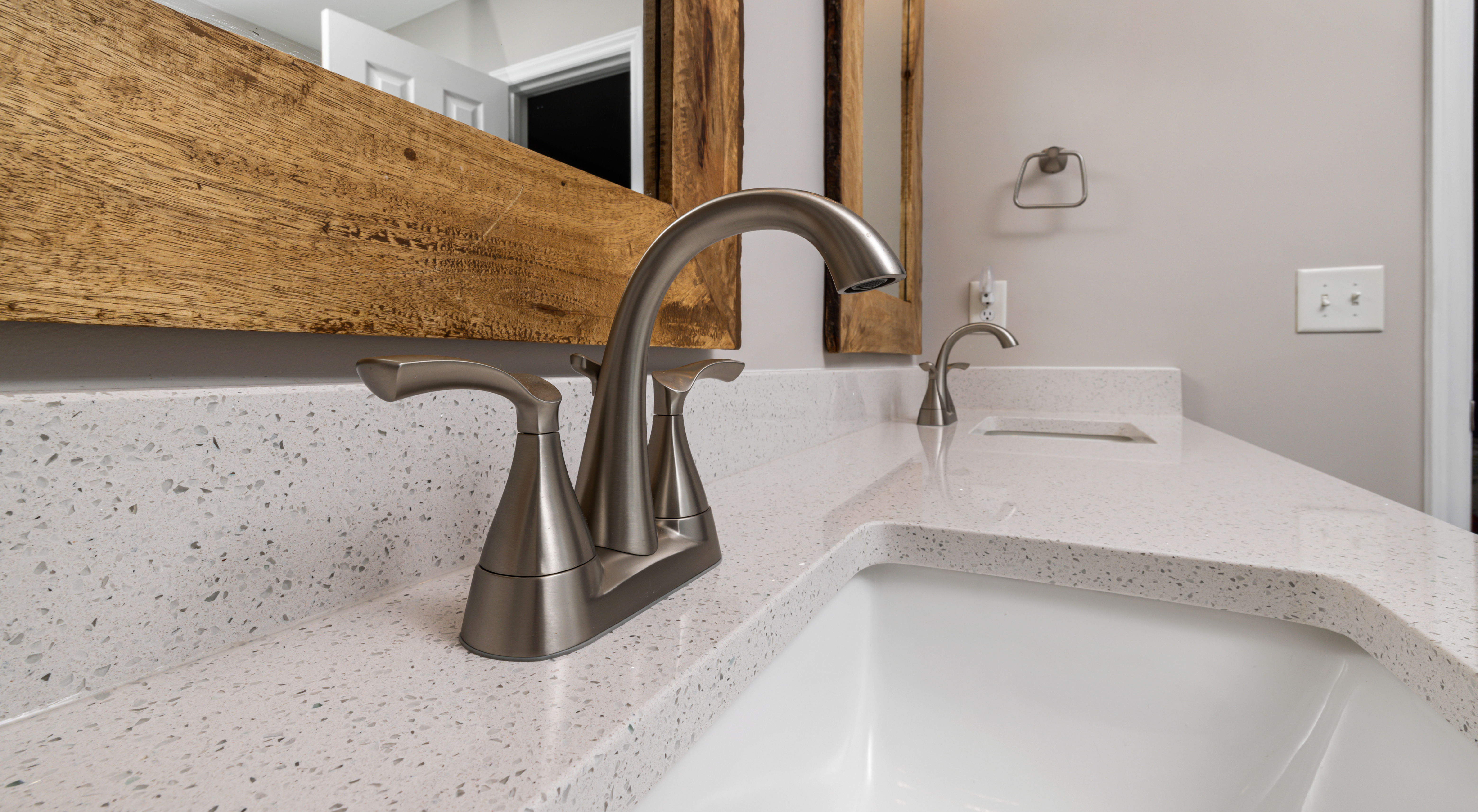
Install low-flow toilets, faucets, and showerheads to minimize water usage.
10. Smart Home Technology
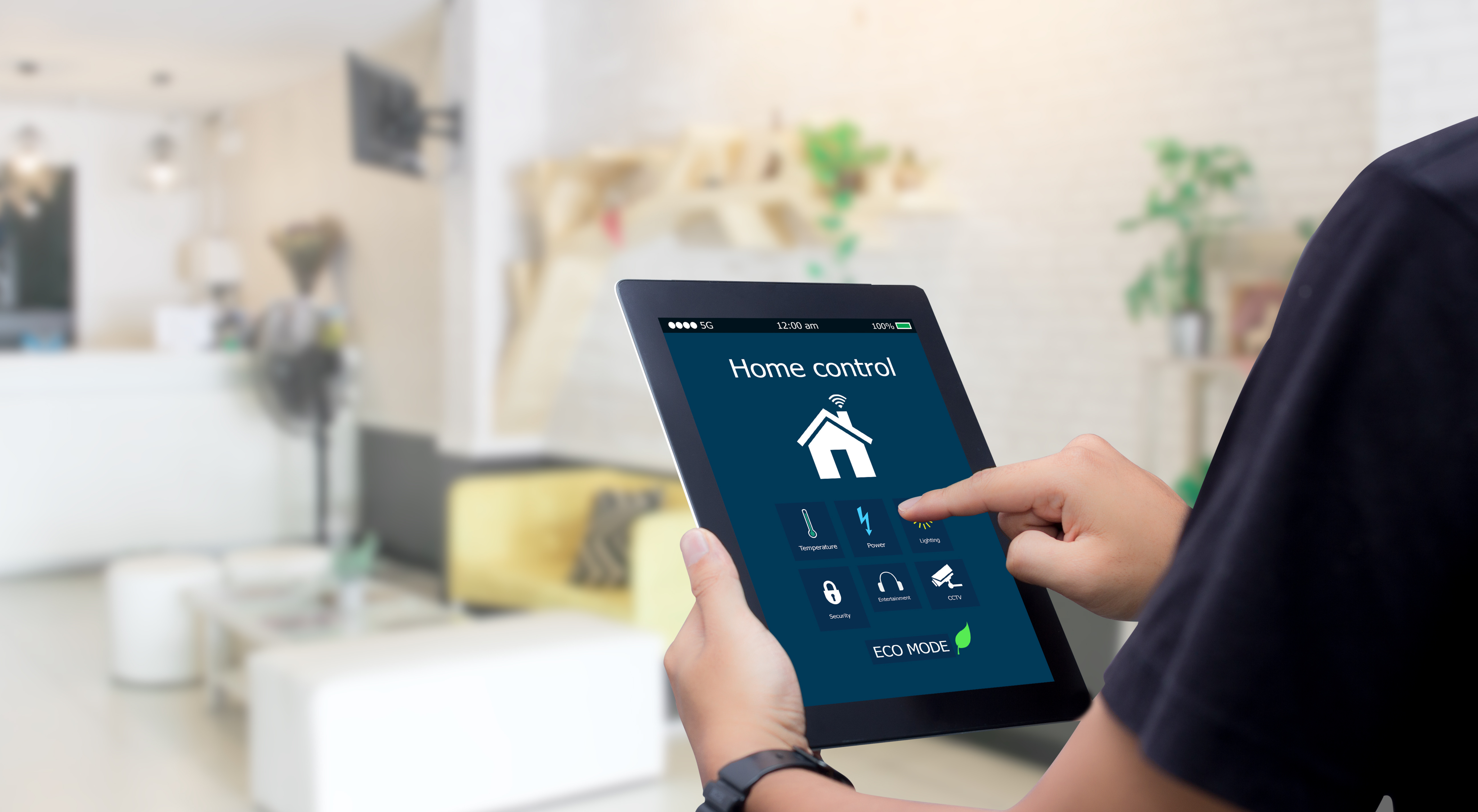
Integrate smart home systems to monitor and optimize energy and water usage.
11. Natural Landscaping

Use native plants and xeriscaping to reduce water needs and support local ecosystems.
12. Waste Management

Implement a comprehensive waste management plan, including recycling and composting facilities.
13. Permeable Paving
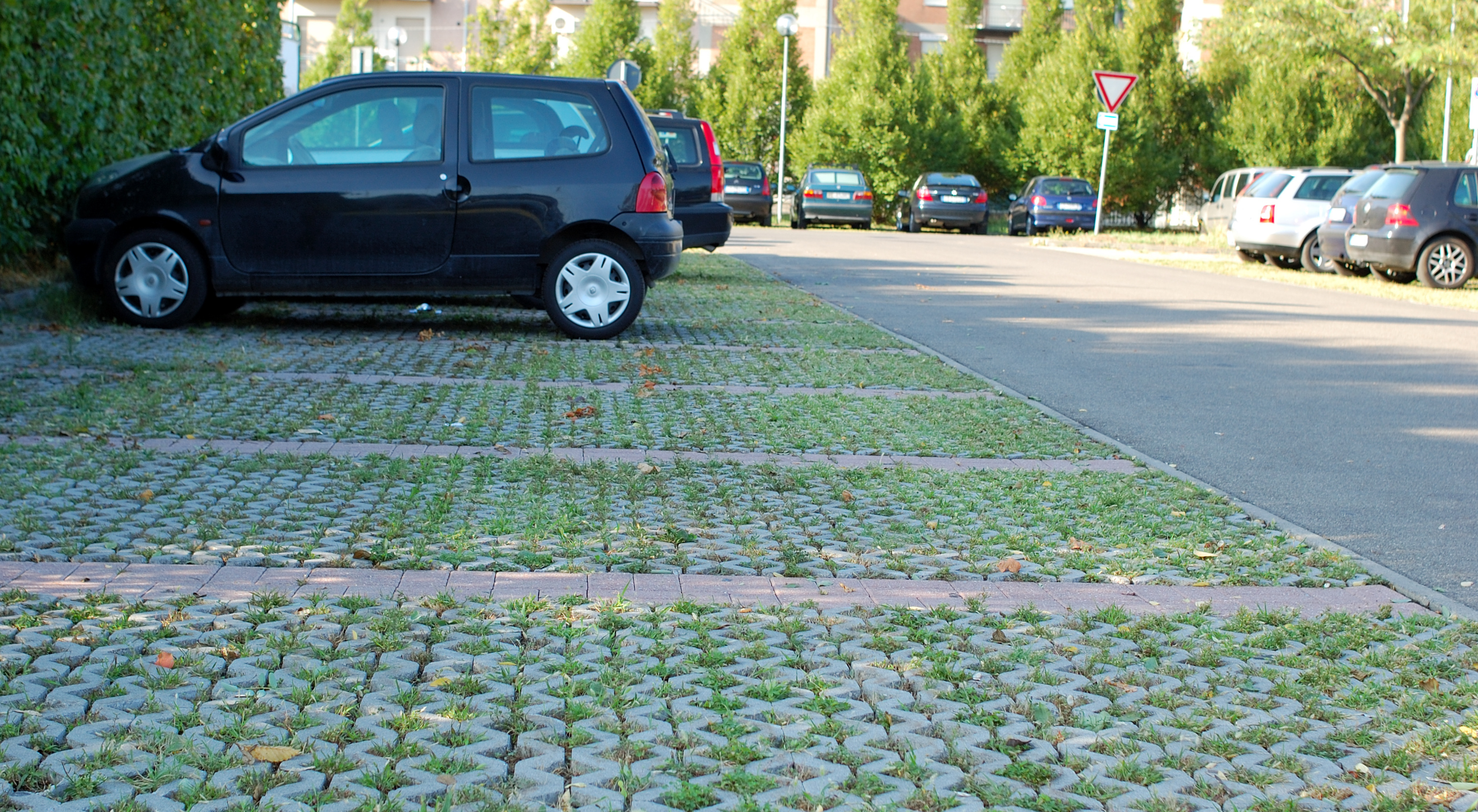
Use permeable materials for driveways and walkways to reduce runoff and promote groundwater recharge.
14. Daylighting
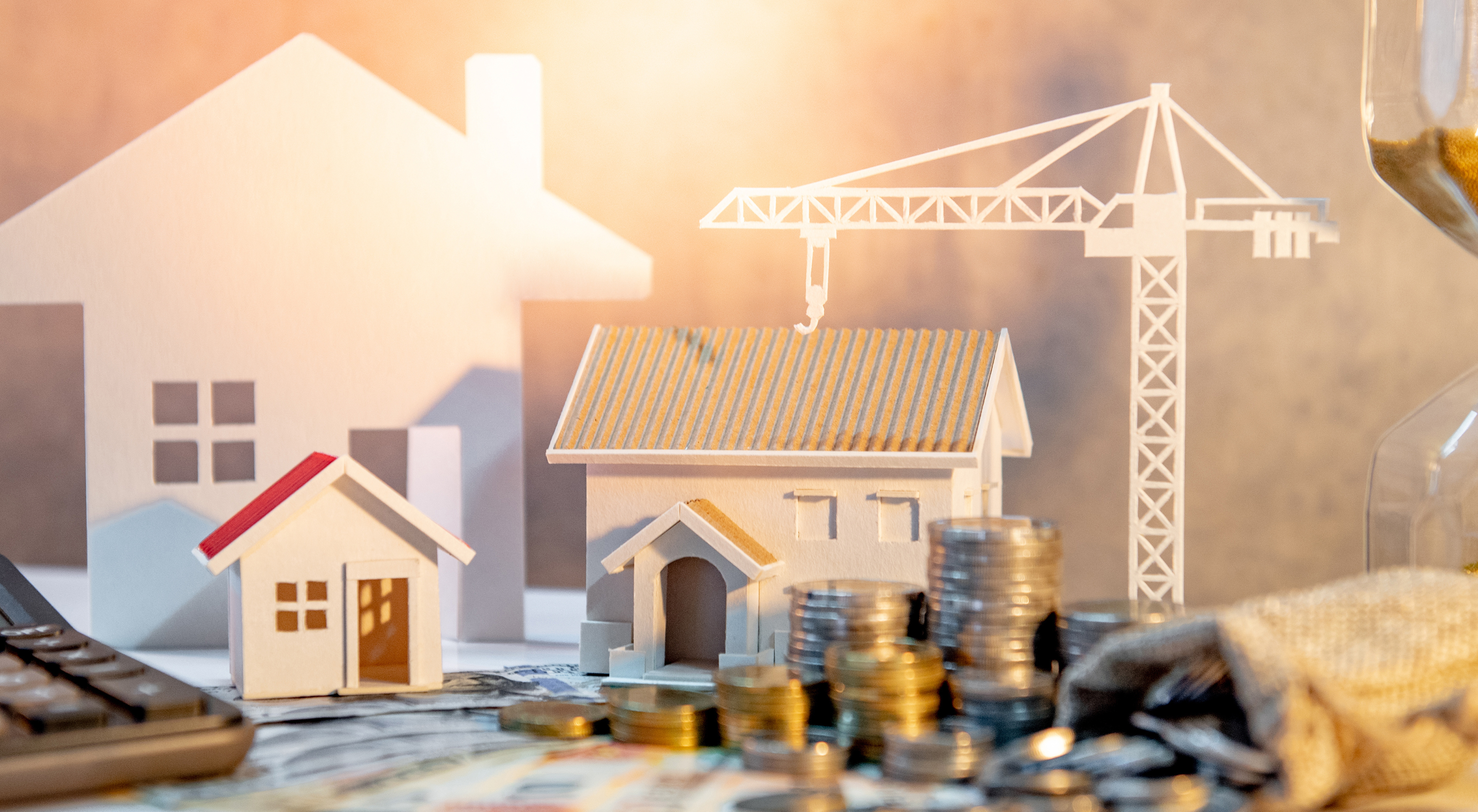
Maximize natural light through strategic window placement and skylights to reduce the need for artifical lighting.
15. Energy-Efficient Windows
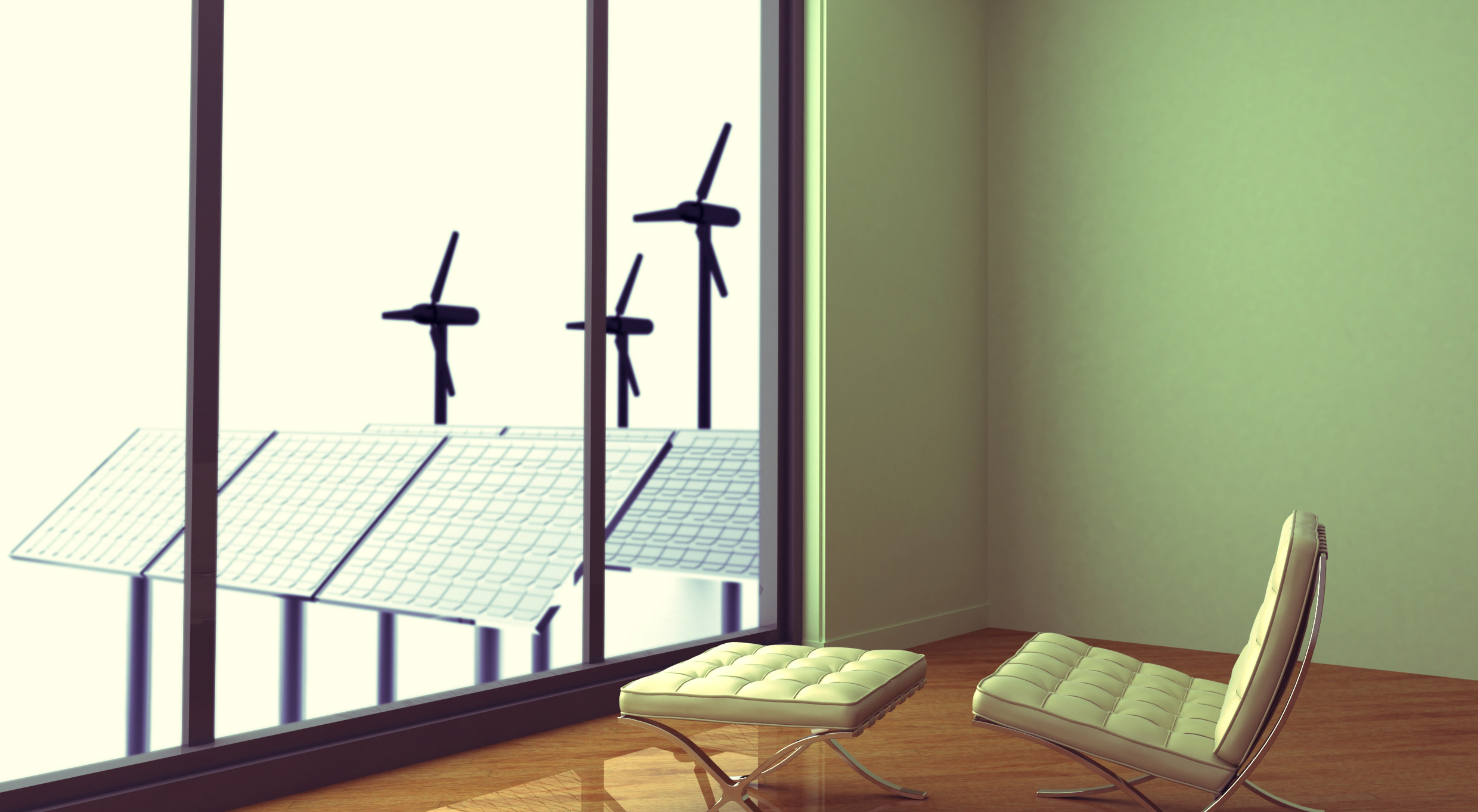
Install Double or triple-glazed windows to improve insulation and reduce energy loss.
